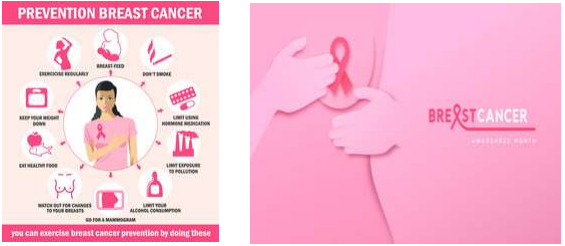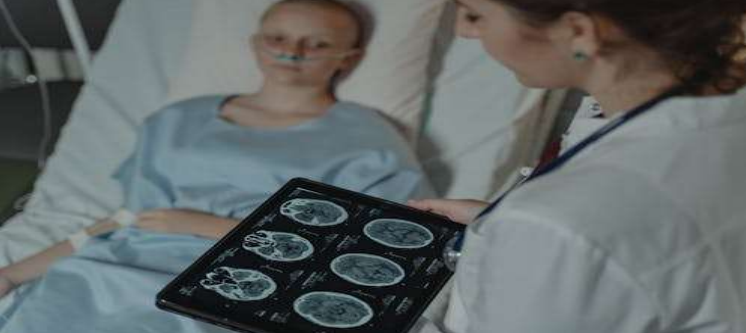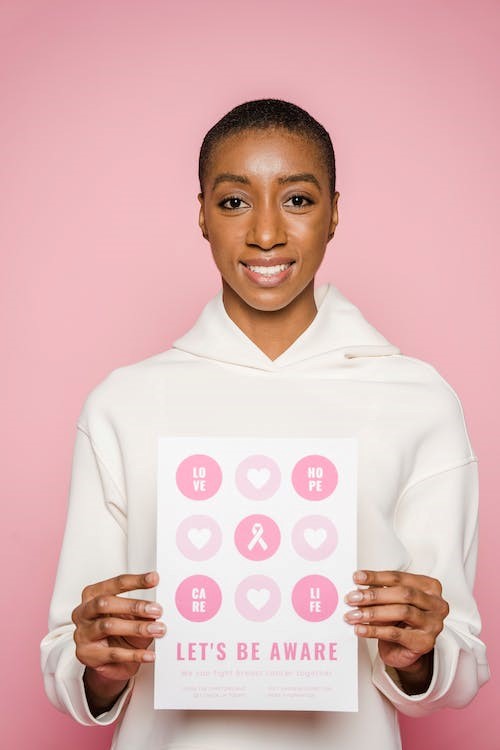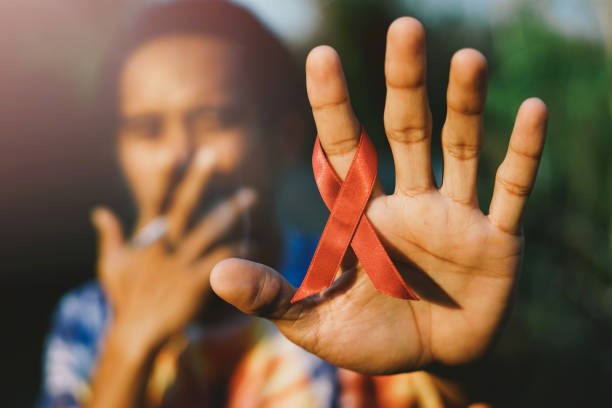What can we do about Breast Cancer.
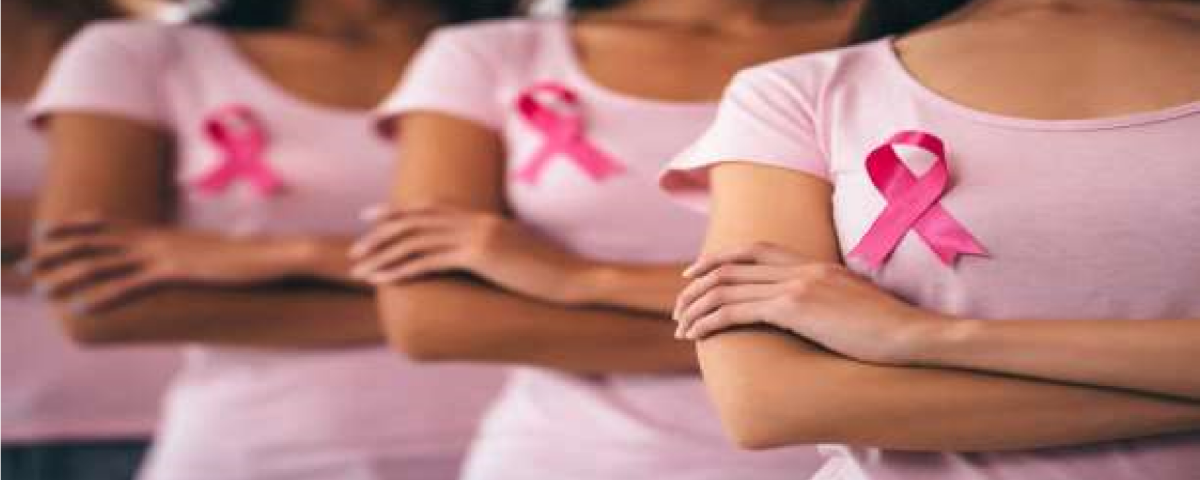
PREVENTING BREAST CANCER
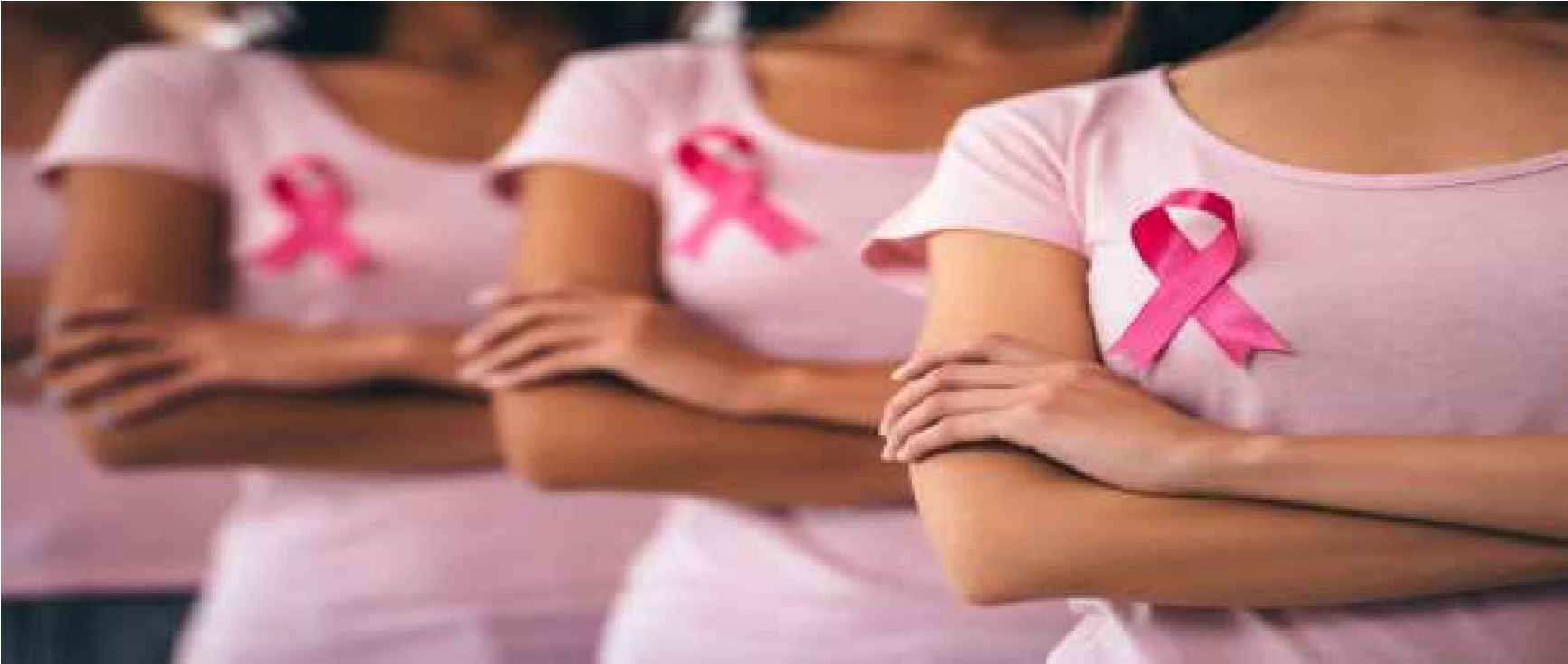
Breast cancer accounts to about 12.5% of all new annual cancer cases worldwide of which the most diagnosed is breast cancer and with a high rate in women respectively. Breast cancer is one that develops from breast tissue. Not all people with breast cancer experience their illness in the same manner. Factors such as age can have a significant impact on the way a person copes with a breast cancer diagnosis.
SYMPTOMS
Signs of breast cancer may include a lump in the breast, a change in breast shape, dimpling of the skin, milk rejection, and fluid coming from the nipple, a newly inverted nipple, or a red or scaly patch of skin. In those with distant spread of the disease, there may be bone pain, swollen lymph nodes, shortness of breath, or yellow skin.
EARLY DETECTION SAVES LIVES
A breast self-exam for breast awareness is an inspection of your breasts that you do on your own. To help increase your breast awareness, you use your eyes and hands to determine if there are any changes to the look and feel of your breasts. You may find it helpful to discuss the techniques or ask for a demonstration from your doctor.
WHEN TO CONTACT YOUR DOCTOR
Make an appointment with your doctor if you notice:
- A hard lump or knot near your underarm
- Changes in the way your breasts look or feel, including thickening or prominent fullness that is different from the surrounding tissue
- Dimples, puckers, bulges or ridges on the skin of your breast
- A recent change in a nipple to become pushed in (inverted) instead of sticking out
- Redness, warmth, swelling or pain
- Itching, scales, sores or rashes
- Bloody nipple discharge
